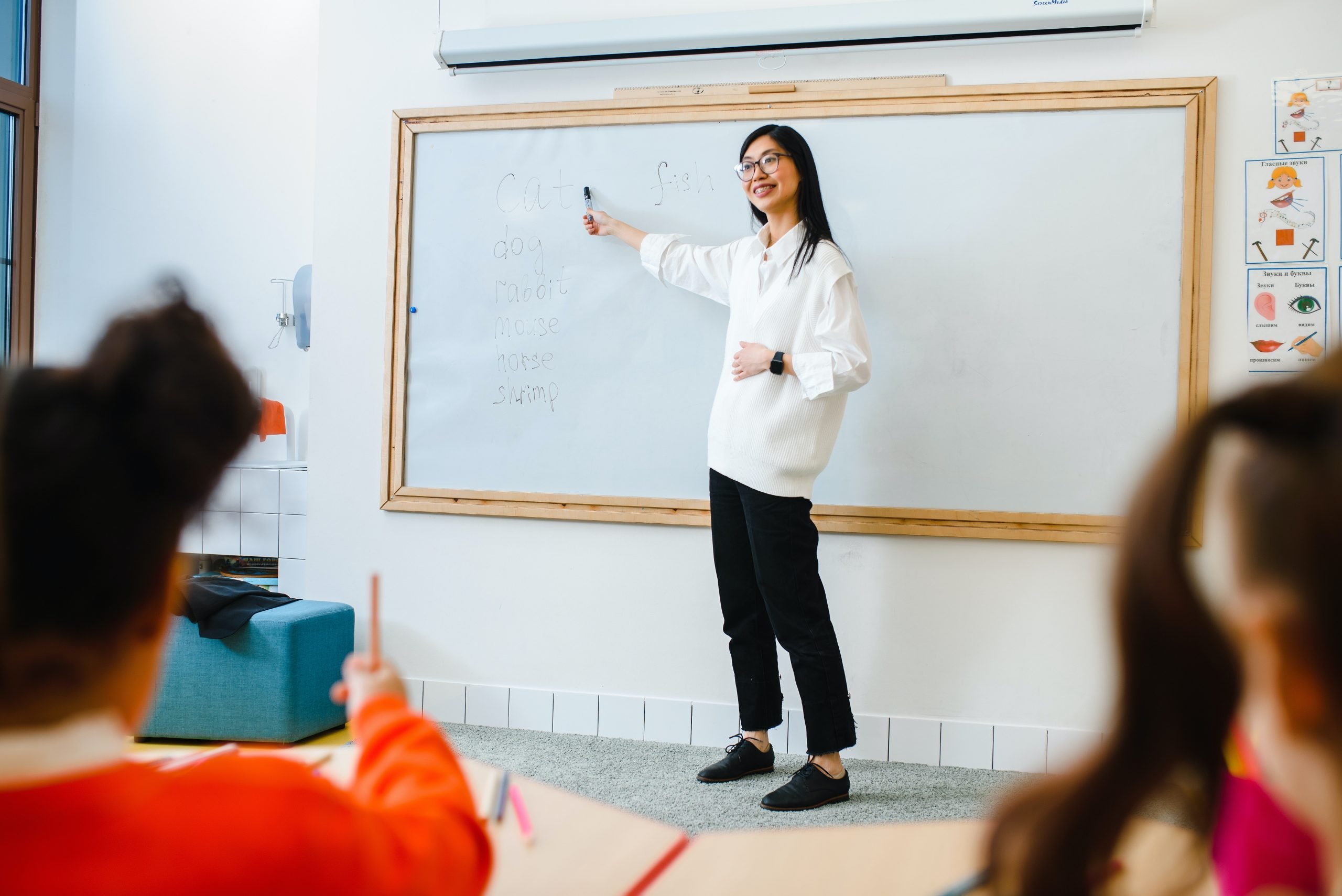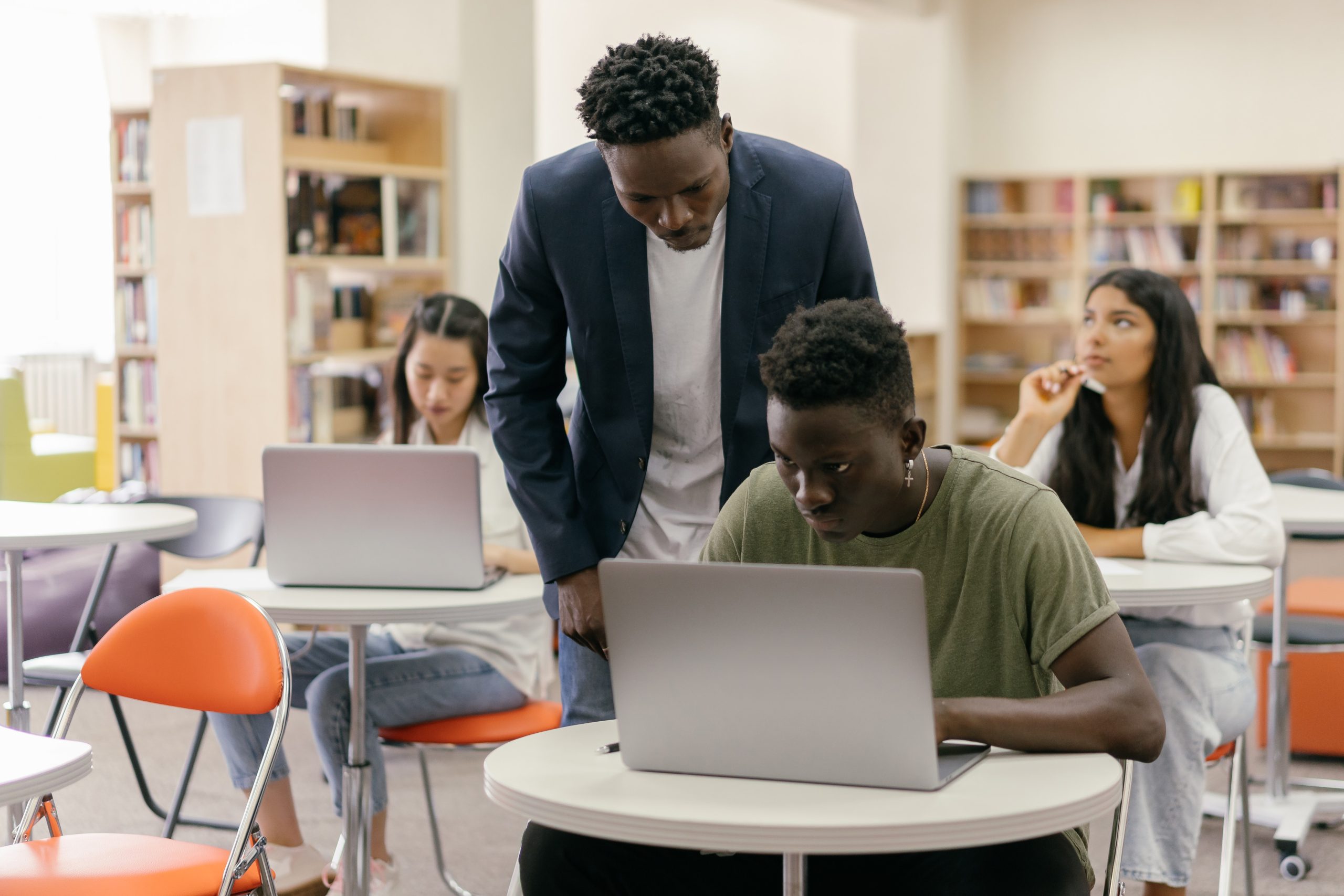The Necessary Tools for Modern Classrooms

Table of Contents
Education, in today’s changing world, has transformed. Technology has revolutionized classrooms turning them into spaces where students can explore, create, and collaborate in ways that were unimaginable a few decades ago. The integration of classroom equipment has played a role in this shift empowering both teachers and students to engage with knowledge in innovative ways.
From smartphones to laptops tablets to projectors and whiteboards to displays these essential tools have completely transformed the learning experience. In this article, we will explore the equipment that forms the foundation of modern classrooms. We will delve into their benefits. Examine how they are shaping the future of education. So, join me on this journey through the landscape of technology as we discover how these tools are influencing teaching and learning.
The Smartphone
In today’s paced world it is impossible to overlook the impact of technology on our lives. When it comes to education one device stands out as a tool in the classroom: the smartphone. Gone are the days when phones were considered distractions – they have now become technology equipment for the classroom that can greatly enhance learning experiences. Smartphones offer a range of features and capabilities that make them indispensable in classrooms.
With the advent of internet connectivity, students now have the convenience of accessing a wealth of information, and online resources and staying updated with events. Educational applications offer learning experiences that allow students to practice and reinforce their skills engagingly. Additionally, smartphones facilitate communication between teachers and students.
Through messaging apps or email platforms, teachers can effortlessly share announcements, assignments, and study materials with their students. This enables collaboration on group projects. Offers an avenue for seeking clarification on doubts without having to wait until the class session. However, it is crucial to strike a balance when integrating smartphones in the classroom setting.
Laptop
The laptop has become a tool, in today’s fast-paced digital era, especially in classrooms. Its versatility and functionality make it highly valuable for both teachers and students. The compact design and portability of laptops seamlessly integrate into classroom activities enhancing the learning experience in many ways. One significant advantage of laptops is their ability to provide access to an amount of information. With an internet connection students can conduct research, explore perspectives on a subject, and access resources that complement their learning. This does not expand their knowledge.

Moreover, laptops offer benefits in terms of organization and efficiency. Students can take notes directly on their classroom technology devices eliminating the need for paper notebooks and reducing clutter in the classroom. Additionally, laptops enable file sharing between teachers and students—a communication channel that ensures quick feedback on assignments.
Tablets
Now shifting focus to tablets – in today’s era – these devices have emerged as educational tools used worldwide. With their size and versatile functionality tablets offer benefits for both teachers and students alike.
- One notable advantage is their portability; unlike desktop computers or even laptops, tablets are lightweight and easily transportable.
- Consequently, students can effortlessly bring their tablets to class thereby seamlessly incorporating technology into their learning experience. Whether it involves taking notes, accessing resources, or collaborating with peers, on group projects tablets provide a platform for students to engage effectively with educational content.
- Furthermore, tablets provide an abundance of apps and interactive learning tools that can enhance classroom instruction. From textbooks to simulations and educational games, these devices offer an exciting and engaging way for students to delve into concepts and deepen their understanding of various subjects.
- Additionally, tablets enable teachers to personalize instruction by tailoring content according to each student’s needs and delivering real-time feedback.
However, it is crucial to acknowledge that while tablets are undeniably valuable in education, they should be used alongside teaching methods. Tablets should not replace in-person interactions or hands-on activities. By striking a balance between technology and conventional teaching approaches educators can create various types of learning environment that cater effectively to the diverse needs of today’s students.
The Projector
The importance of having a projector in today’s classrooms cannot be underestimated. It has completely transformed the way teachers present information and engage their students. Even the best essay writing services may benefit from utilizing them since they can make their work easier. No longer do we rely on blackboards and overhead projectors. With a top-notch projector, teachers can display visuals, videos, and interactive presentations on a screen that everyone can see. This does not enhance the learning experience. Also caters to different learning styles by providing a visual aid that complements verbal instruction.
Moreover, projectors allow teachers to bring real-world experiences into the classroom. Whether it’s taking virtual field trips or showcasing demonstrations, projectors create an environment that ignites curiosity and encourages active participation among students. Furthermore, when it comes to group activities and collaborative projects projectors make everything more dynamic. Students can easily share their work on a screen promoting teamwork and creativity.
Whiteboard
The whiteboard has become a component of classroom technology offering an interactive and dynamic learning experience, for teachers and students alike. Its surface and marker compatibility brings possibilities for engaging lessons and collaborative activities. One of its advantages lies in its versatility allowing teachers to jot down information sketch diagrams or create visual aids that enhance their teaching. The generous surface area ensures visibility so that all students can easily follow along with the presented content.
Additionally, the erasable nature of whiteboards makes it effortless to rectify mistakes or modify information as needed. Furthermore, whiteboards foster student participation and interaction by encouraging them to come and solve problems or share ideas with their peers on the board. This does not instill a sense of ownership over their education.
Conclusion
The necessary educational technologies in the classroom have adapted to meet the demands of a changing world. The smartphone, equipped with apps and internet access has become a valuable tool for both teachers and students. The laptops. The capability to handle complex tasks equips students with skills for the digital era. The tablet’s portability and interactive features provide a learning experience.
Projectors enable presentations and multimedia content that enhance comprehension and memory retention. Lastly, whiteboards remain an enduring tool for collaboration and visual learning. As educators strive to prepare students for success, in a technology-driven society it is vital to embrace these tools in our classrooms. By integrating smartphones, laptops, tablets, projectors, and whiteboards into our teaching practices we can create an environment that nurtures creativity, critical thinking, and collaboration. These tools do not enhance student engagement.






